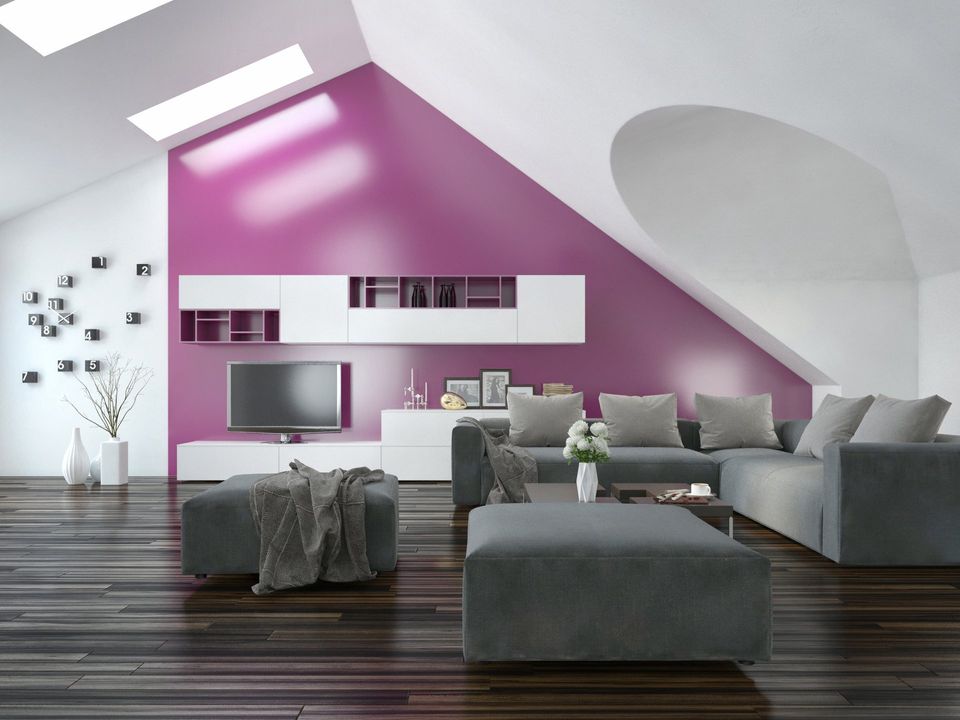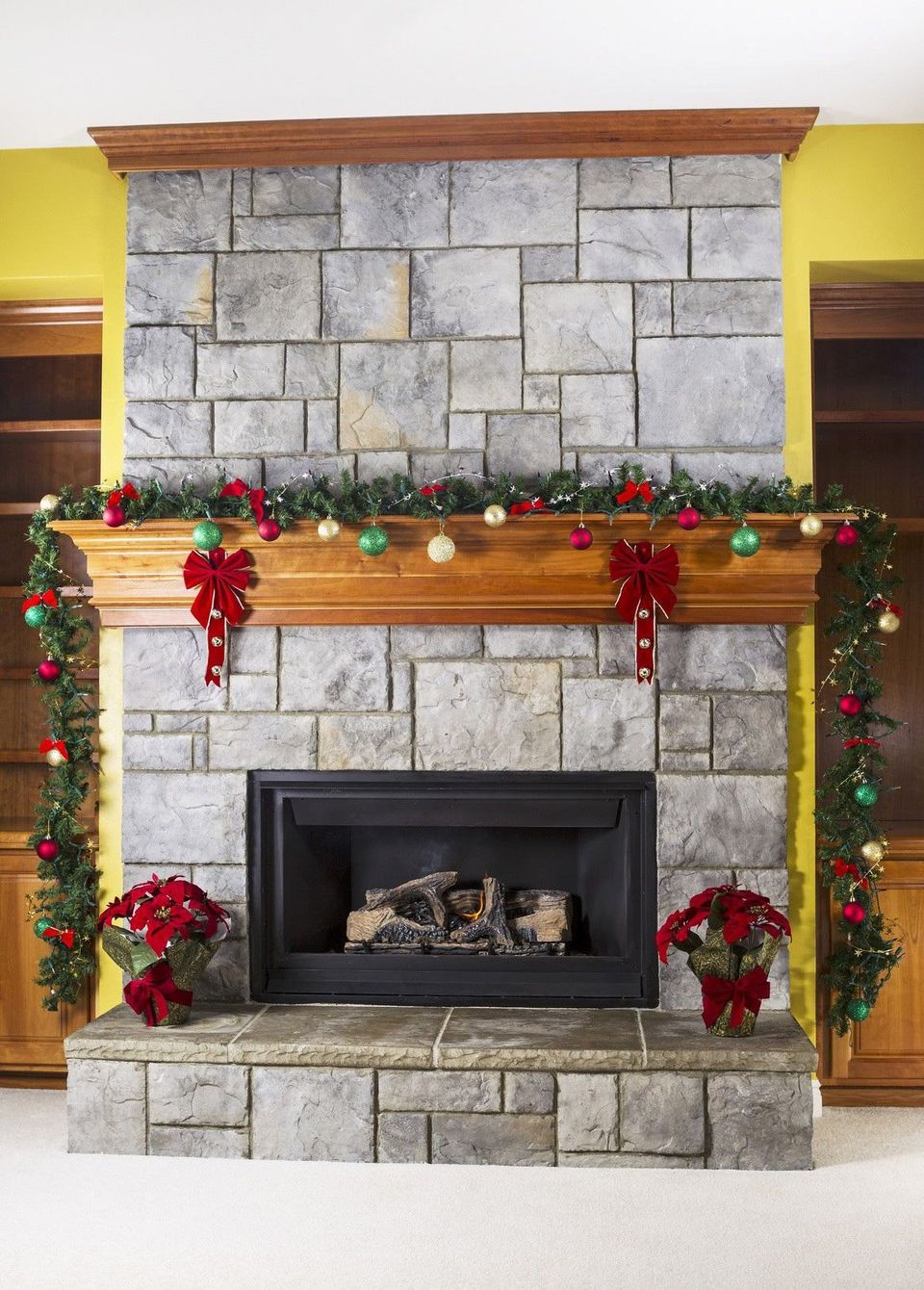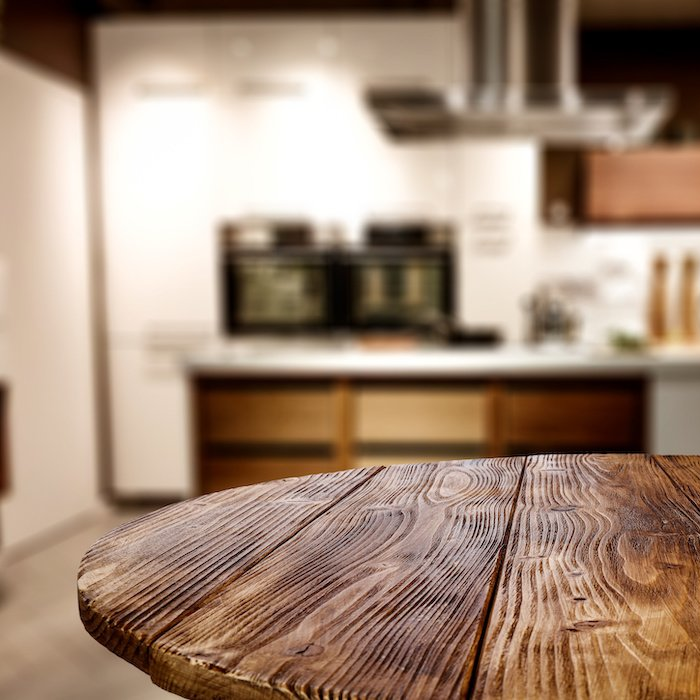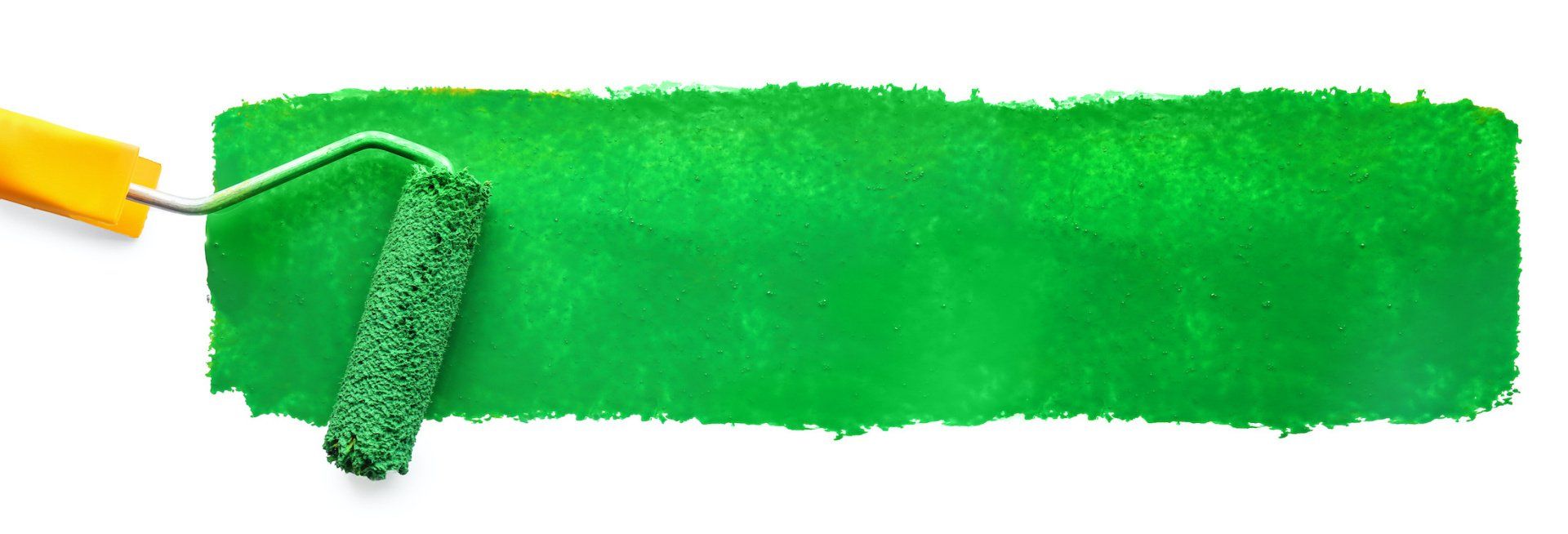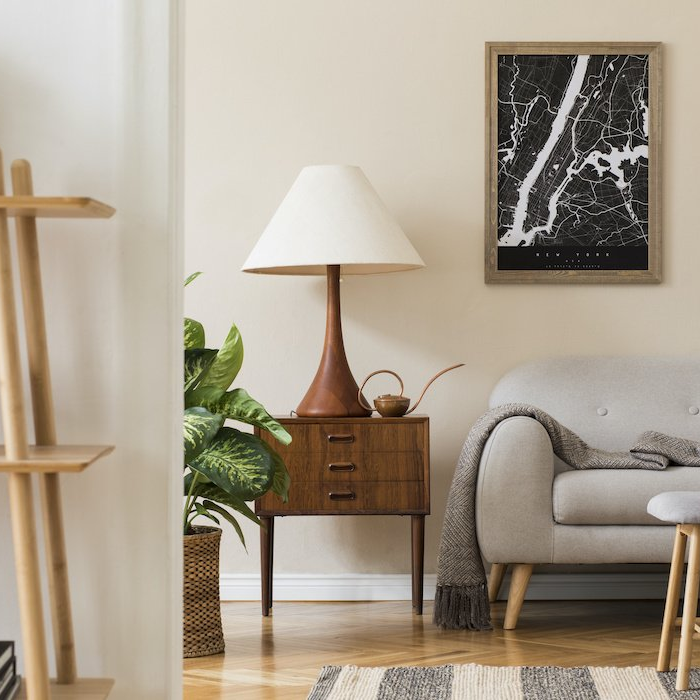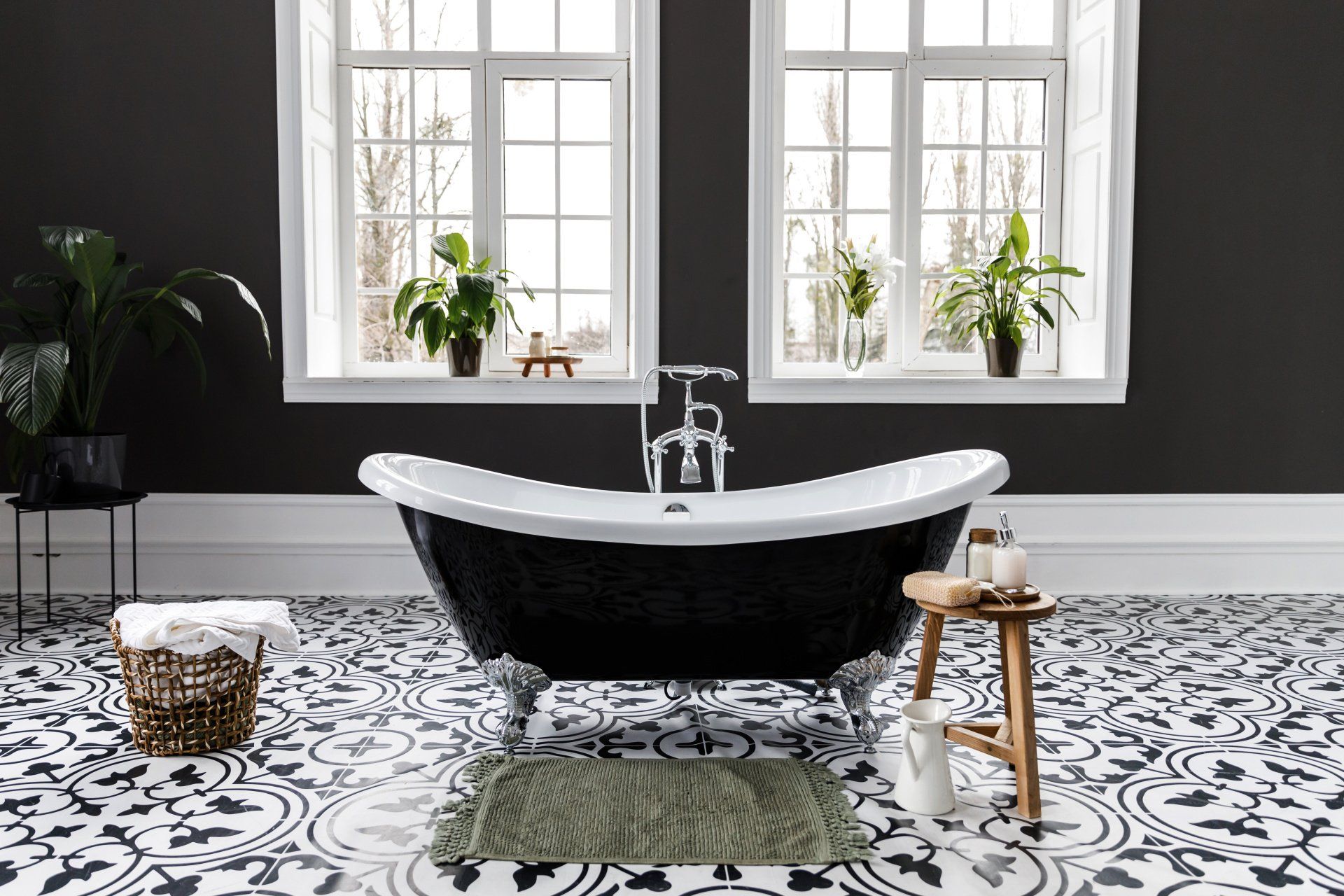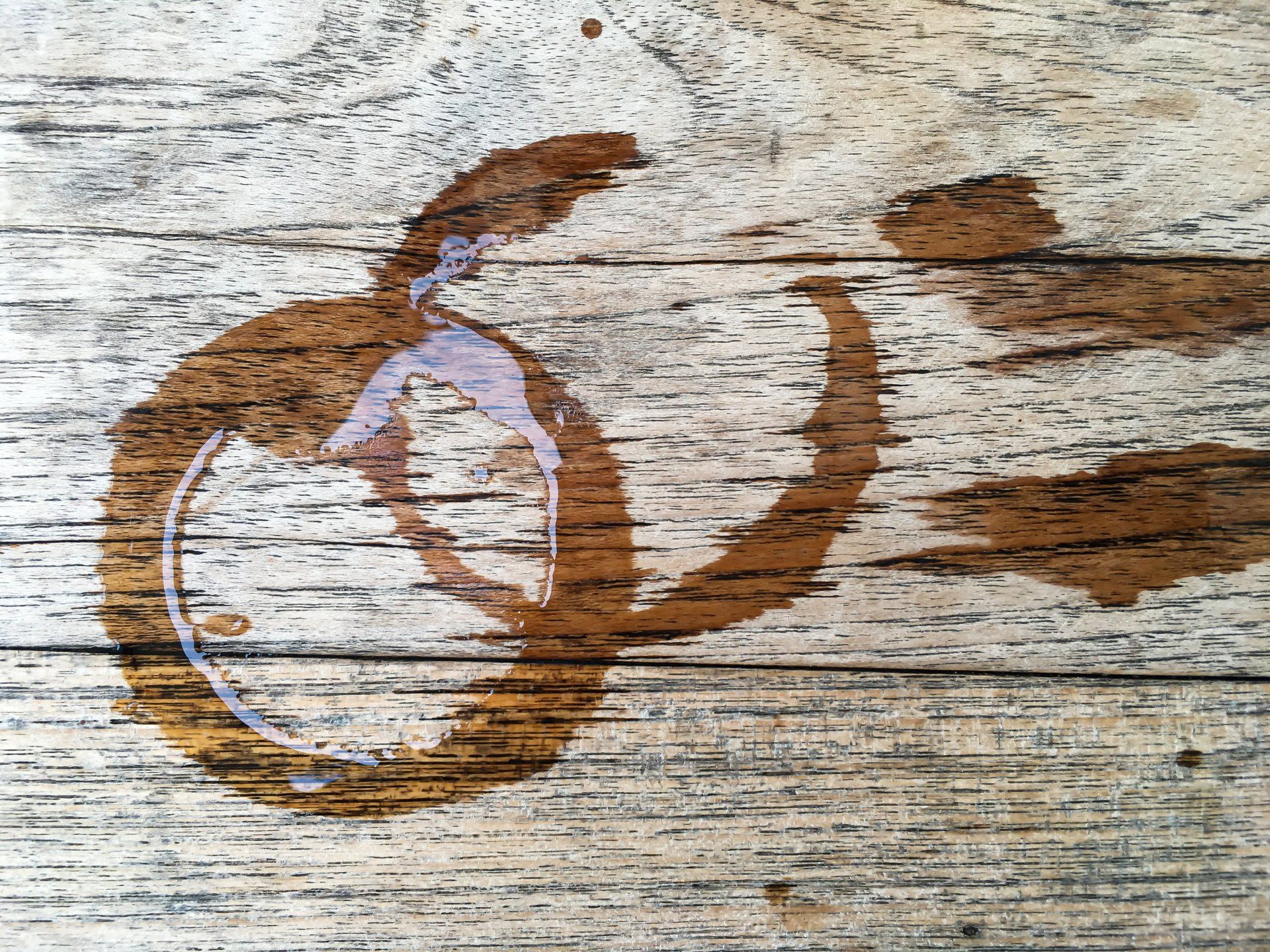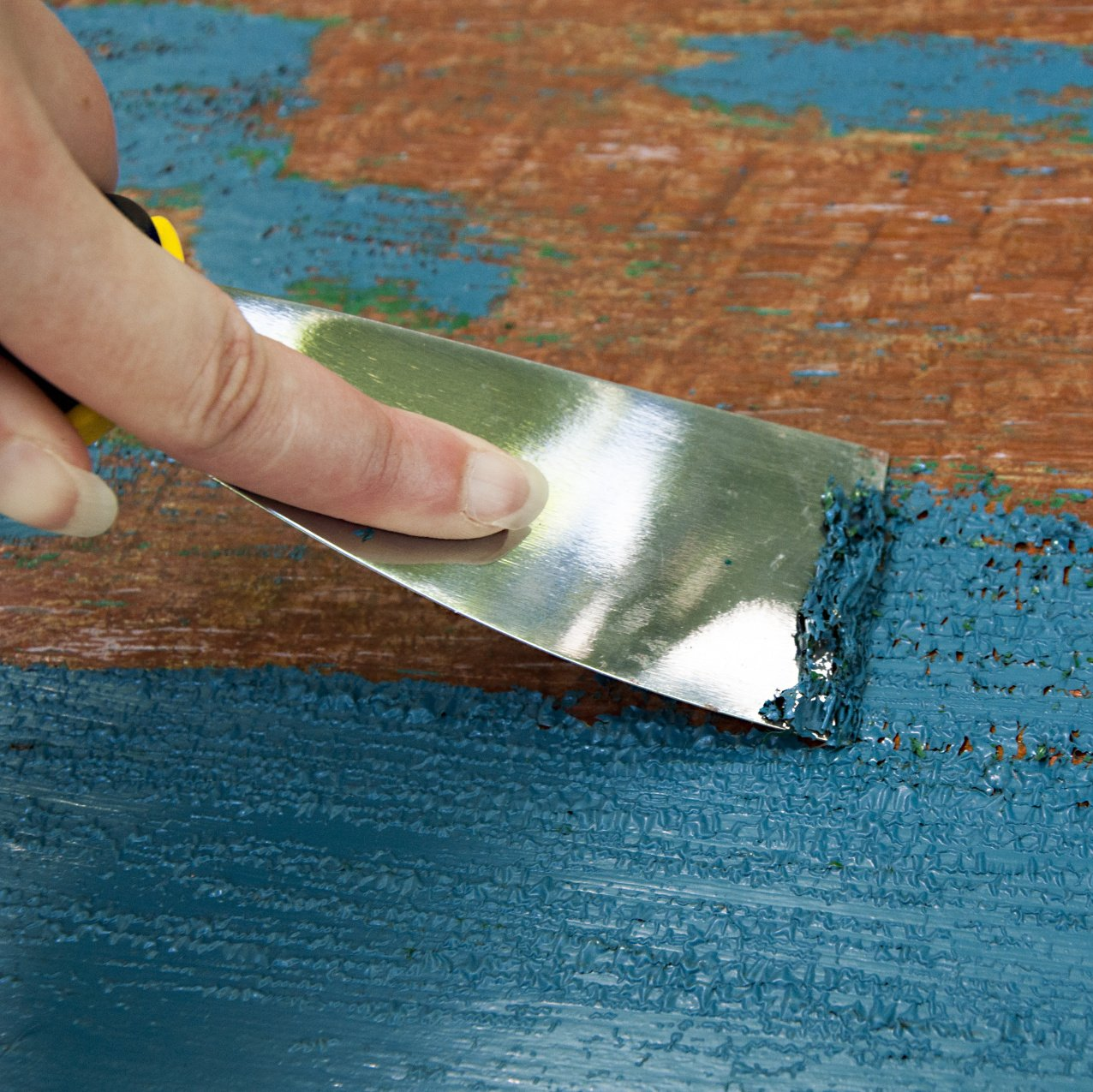Texture, Color, Patterns, and More – Choosing the Right Accent Wall
Sam Lutz • November 8, 2016
Special finishes are fun, but they can also be overwhelming when applied to a whole room. Accent walls present the perfect opportunity to add a touch of creativity to an interior space without going over the top. Knowing which wall to use as an accent wall, which color to select, when to use a special effect and other details can help you decorate your room in a way that is attractive.
Choosing the Right Color
A decade ago, accent walls were bright and bold. Colors like deep red, bright green and sunny yellow were common colors that people chose when selecting a paint for their accent wall. In recent years, accent walls have been toned down significantly. When picking a color, look for neutral and muted colors that will blend in better with the surrounding room and help the space feel like an integrated whole.
Using Special Effects
Accent walls don’t have to be limited to special colors. Special effects, like textures and patterns, are decorative and attractive in small quantities. If you’re trying to think outside the box, here are a few possible special effects to use on your accent wall.
- Wooden boards: Nail a pattern of wooden boards to your accent wall to make it look like a wooden floor or wooden platform. This works well in rustic room with wooden and handmade furniture. To see what this looks like in practice, take a look at this page.
- Stone tile: Stone tiles add texture and natural color to any room. Stone tiles are somewhat formal and look best in formal spaces like living rooms and dining rooms.
- Textured drywall mud: Smear drywall mud on your home’s sheet rock, then manipulate the mud by hand to create a texture of your choice. You can use this method to texture your walls with swirls, stripes or other random patterns. This is also a good way to create a stucco finish on your home’s walls.
- Stenciled patterns: Stencils make it possible to create unique and colorful patterns on your wall.
- Faux finish. Faux finishes like sponge paint and rag paint and smoosh paint technique can be used to incorporate more than one color on your accent wall.
Which Wall is the Accent Wall?
Many people struggle to choose the best accent wall for their room. As a general rule, the best choice is any wall that features a natural focal point. For example, you may choose the wall behind your fireplace as the accent wall for your living room. In a bedroom, the focal point may be your bed’s headboard. Therefore, the accent wall would be the wall behind your bed. If no obvious focal point exists, choose the shortest wall farthest from the room’s entrance. This will help the space feel open and spacious.
Stop in at Ace Paint and Unfinished Furniture
At Ace Paint and Unfinished Furniture, we help homeowners choose the right painting materials for their home remodeling projects. We sell the best quality paints and stains. For advice on painting your accent wall or to buy the right products to get started, contact us today
or stop in at one of our stores.
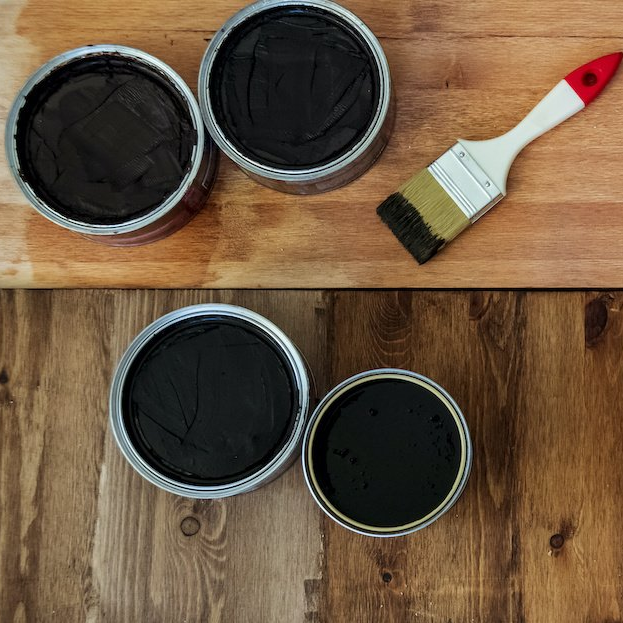
One of the wonderful things about good wood furniture is that it doesn’t have to be merely functional. It can be beautiful as well. We’ve seen some amazing pieces made with wood stains that are more than just furniture, they’re works of art. So if you’ve got an old table, desk or other piece of wood furniture that needs jazzed up, why don’t you consider using some of our great stains to try one of these ideas.

